Numiscollect’s elegant Archaeology & Symbolism coin series continues with the ancient Vasudhara Mandala
Despite sitting under an umbrella title of Archaeology & Symbolism, this stylish series of three-ounce silver coins from Dutch producer, Numiscollect, has nevertheless managed to inject a wide variety of subjects into its short life to date. Launching in 2018, we’re now at the fifth pair of issues. Previous coins have wandered from medieval Mesoamerica, to the ancient Far East, and onto the even more ancient world of the Egyptian Pharoahs
We’re back in Asia this time, more specifically the Buddhist world of Nepal and the surrounding region. The mandala is back in celebration of the deity Vasudhara, and is based on designs that were being passed around adherents of the religion over half a millennia ago. The centrally placed figure is classically Buddhist, and was designed to bring those that did not believe into the fold. Like all of the issues in this series, the coin reverse is crammed with intricate detail, made all the more impressive by the crisp and healthy levels of layered high relief, more expansive that earlier releases.
The coins in Archaeology & Symbolism are issued for one of two countries, either Mongolia or the Cook Islands. Mongolia likes coins issued in its name to have a link to the country, so this one and two others so far, all reference regional subjects. The other pair (Egypt and the Aztecs) come out under the banner of the more open Cook Islands and have a bit of series theming. It actually works well, giving the Asian coins a more coherent feel, as it’s a region with little modern association with the head of the Commonwealth. The other coins are for largely extinct cultures, so it’s less important.
VASUDHARA
Vasudhāra, whose name means “stream of gems” in Sanskrit, is the Buddhist bodhisattva of wealth, prosperity, and abundance. She is popular in many Buddhist countries and is a subject in Buddhist legends and art. Originally an Indian bodhisattva, her popularity has spread to southern Buddhist countries. Her popularity, however, peaks in Nepal where she has a strong following among the Buddhist Newars of the Kathmandu Valley and is thus a central figure in Newar Buddhism. She is named Shiskar Apa in Lahul and Spiti. She is comparable to the Earth goddesses Phra Mae Thorani in Theravada and Tai folk religion and Bhūmidevī and Pṛthvī in Hinduism. Her short mantra is Oṃ Vasudhāri Svāhā.
Vasudhara is particularly popular in Nepali Buddhism among the Buddhist Newars of the Kathmandu Valley. In this region she is a common household deity. This is known from the countless number of bronzes and paintings found representing her. These images are small in size, typically 18 cm or smaller. Because of their small size it is known that these images were primarily for private use, namely household veneration of the goddess. Additionally, there is a cult dedicated to her worship followed by the Buddhist Newars. Followers of this cult believe that her worship brings wealth and stability. Despite the strong following of this cult by the Buddhist Newars, unfortunately, it is now in decline.
As the Bodhisattva of abundance and prosperity, her popularity in this region is due to the predominance of agriculture and trade essential to the economy of the Kathmandu Valley. The Newars believe that her veneration will generally result in good fortune.
One of the earliest Nepalese representations of Vasudhara is a pauhba (textile art depicting Hindu and Buddhist images on course cotton), dating back to 1015 C.E. This pauhba is known as the Mandala of Vasudhara. The goddess is the central image of this mandala, which depicts scenes of dedication, ritual initiation, festive music, and dance associated with her worship. Its purpose is didactic (to teach). The mandala teaches the importance of worshipping Vasudhara primarily through the narrative of a non-believer whom she converted to belief. (Source: Wikipedia)

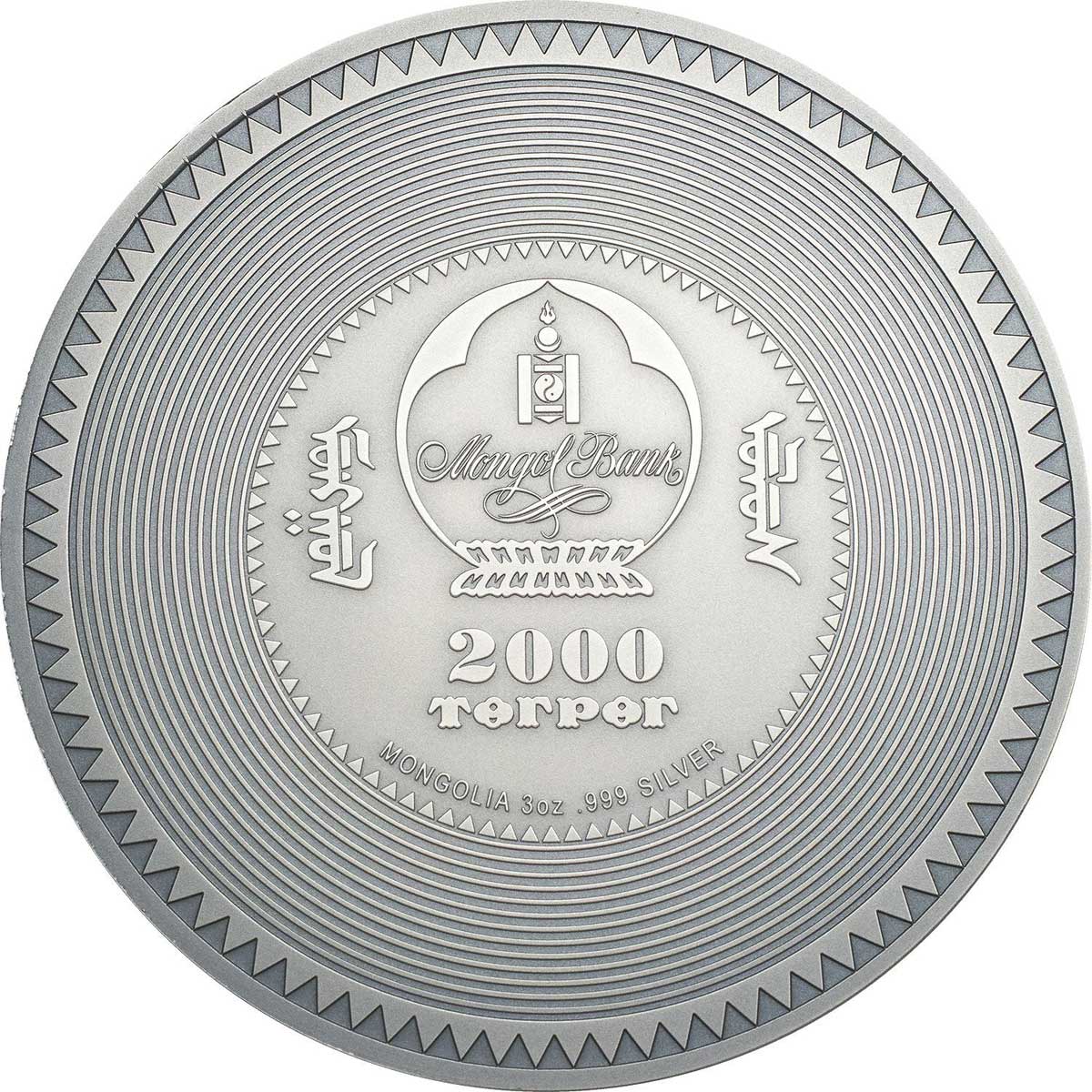
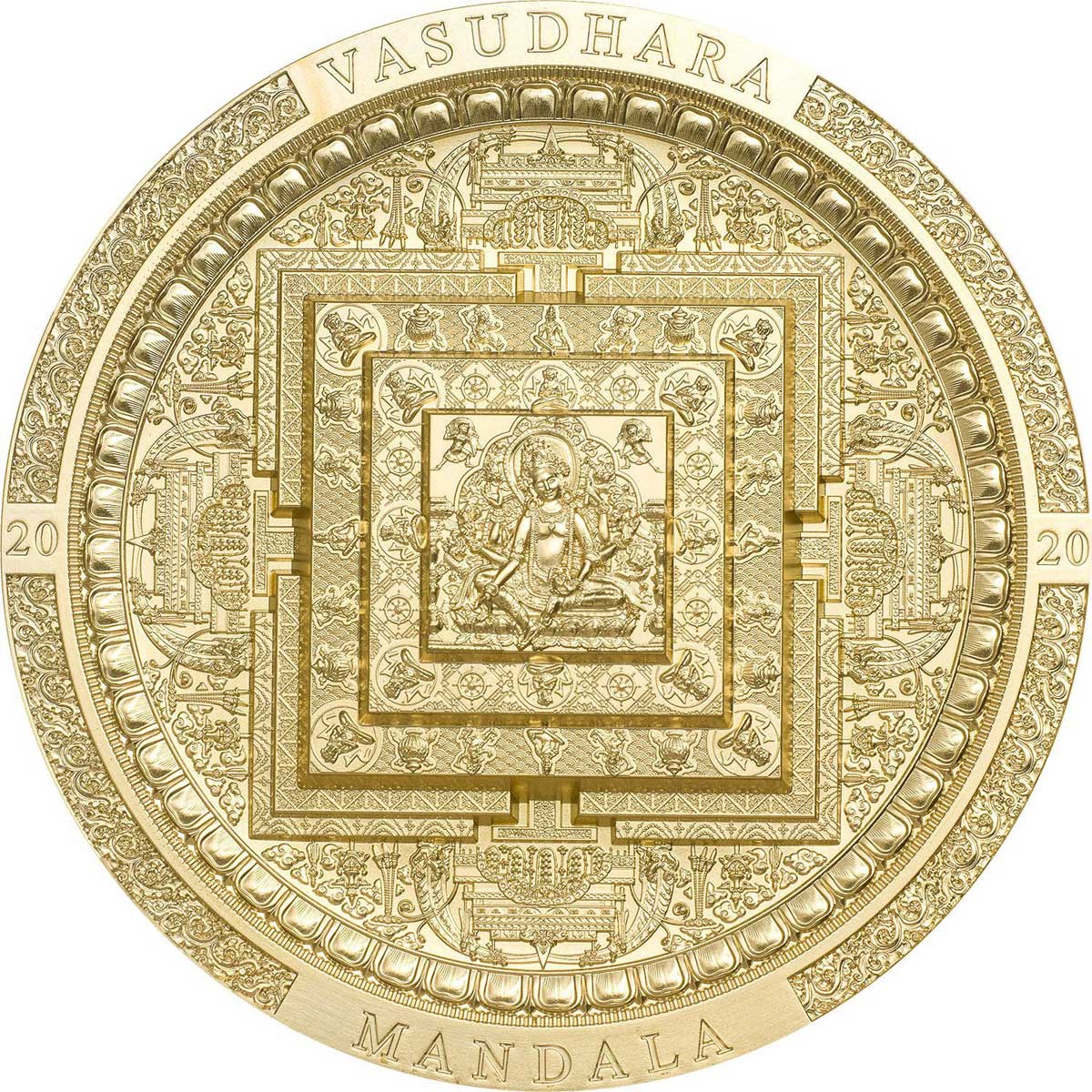

| SPECIFICATION | ||
| DENOMINATION | 2,000 Togrog (Mongolia) | 2,000 Togrog (Mongolia) |
| COMPOSITION | 0.999 silver | 0.999 silver |
| WEIGHT | 93.3 grams | 93.3 grams |
| DIMENSIONS | 65.0 mm | 65.0 mm |
| FINISH | Antique silk | Gilded |
| MODIFICATIONS | Smartminting | Smartminting |
| MINTAGE | 333 | 99 |
| BOX / C.O.A. | Yes / Yes | Yes / Yes |


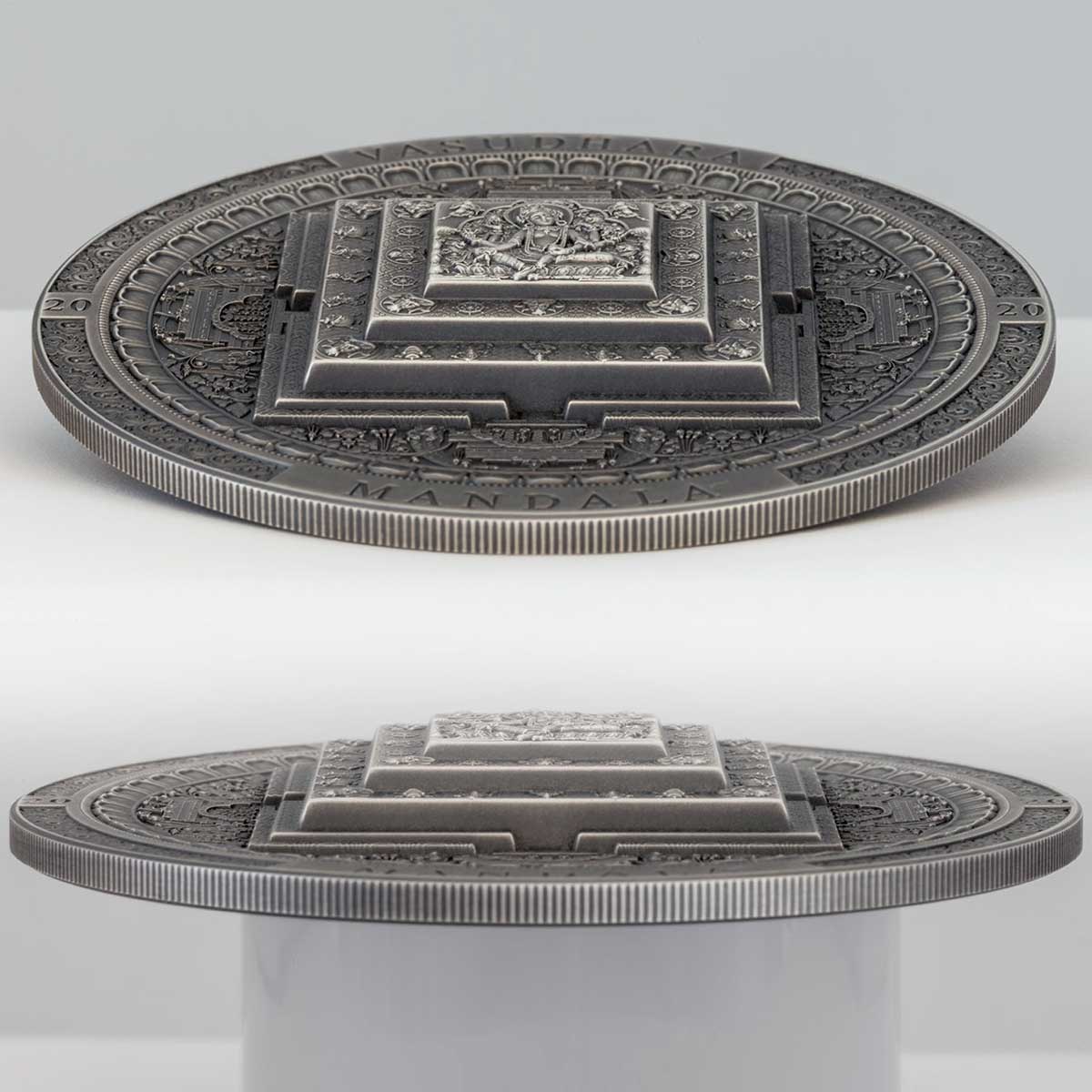
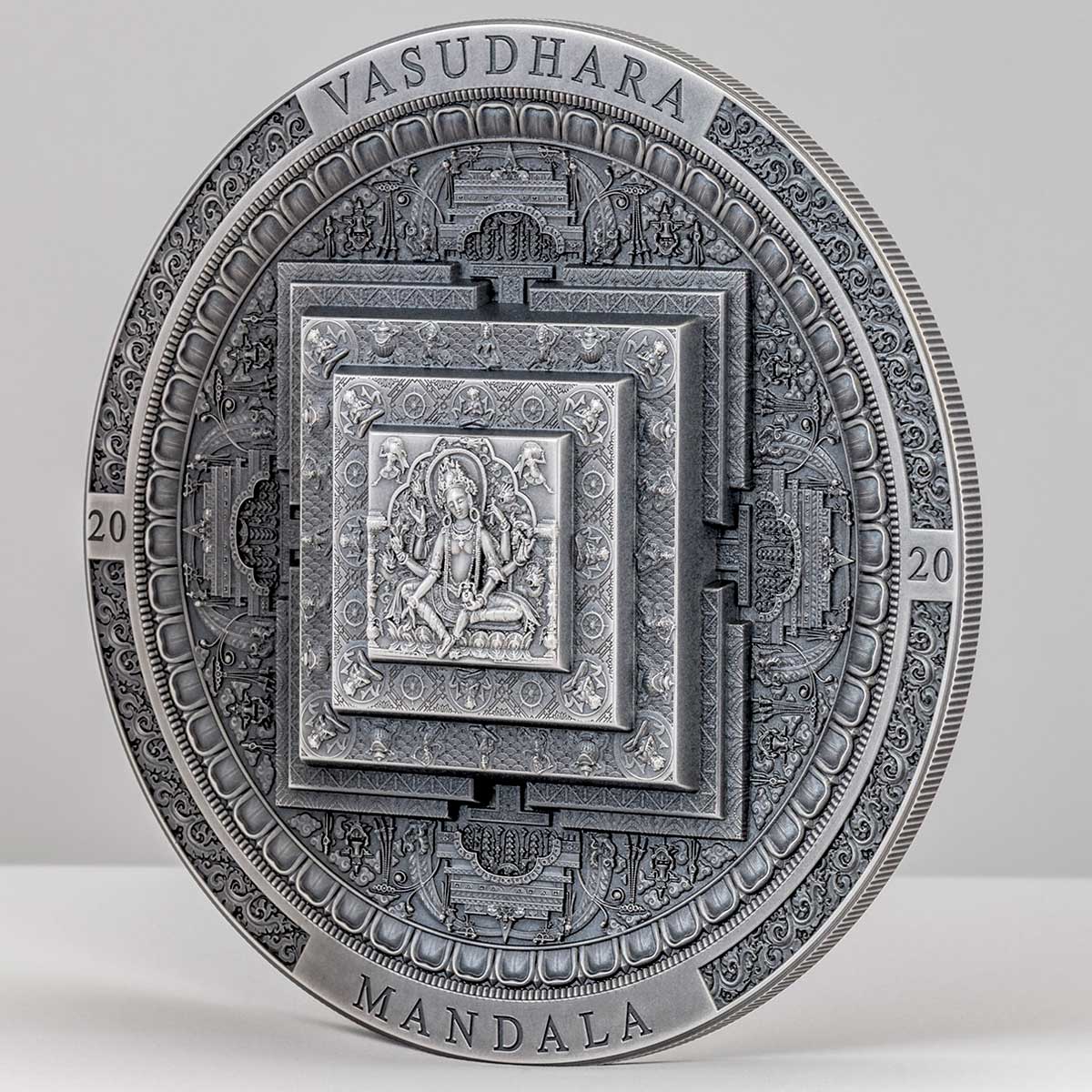

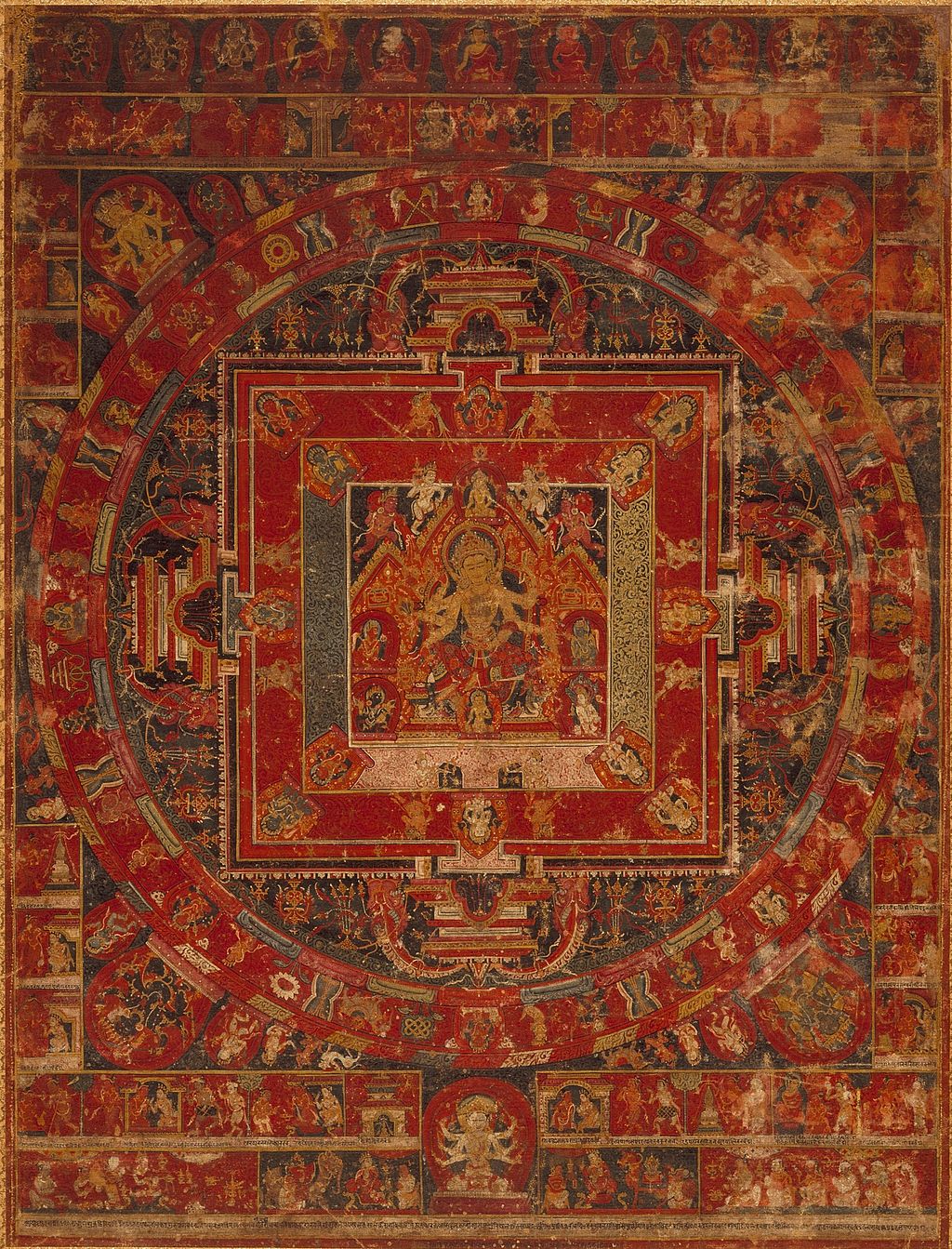
Leave A Comment